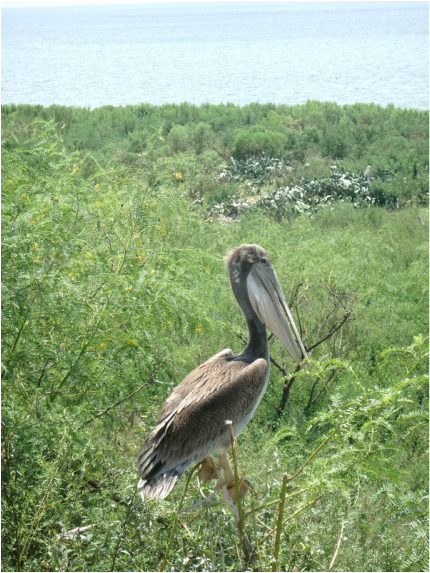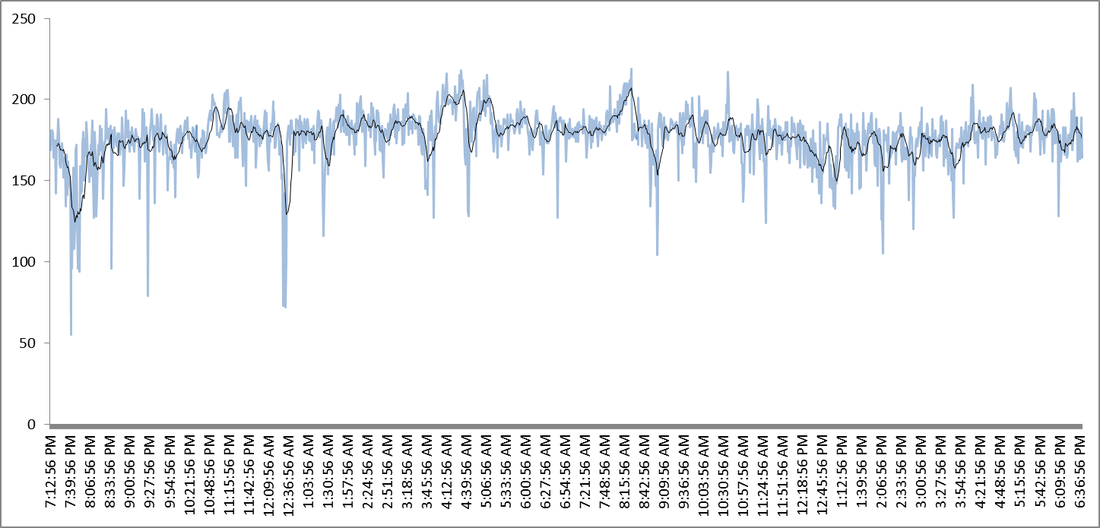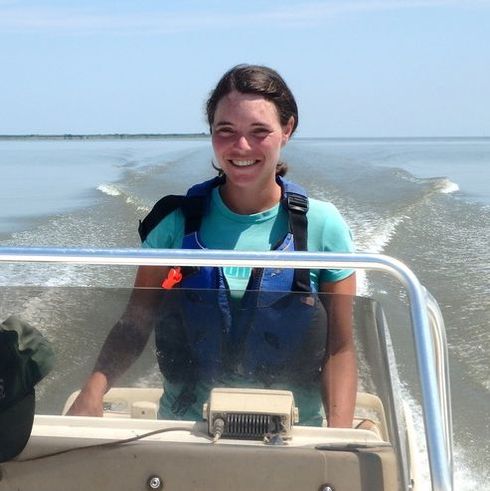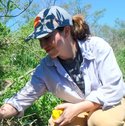It's been a while!
I won't try to fill in all of the blanks, but here's a quick recap of the second half of pelican season #3. For a much more exciting look at life in a pelican colony, check out this great report by Caitlin Lawrence of WMBB Television: http://www.mypanhandle.com/news/project-pelican-south-carolina-researchers-studying-seabirds-in-gulf-of-mexico.
In most of the colonies we studied in Florida and Alabama, 2015 was a great year. The grass and shrubs were full of healthy chicks, with many nests producing two or even three young. The key seemed to be plenty of fish, especially smaller fish like sardines and anchovies.
I won't try to fill in all of the blanks, but here's a quick recap of the second half of pelican season #3. For a much more exciting look at life in a pelican colony, check out this great report by Caitlin Lawrence of WMBB Television: http://www.mypanhandle.com/news/project-pelican-south-carolina-researchers-studying-seabirds-in-gulf-of-mexico.
In most of the colonies we studied in Florida and Alabama, 2015 was a great year. The grass and shrubs were full of healthy chicks, with many nests producing two or even three young. The key seemed to be plenty of fish, especially smaller fish like sardines and anchovies.
One of the major findings of our work so far has been how much of a difference smaller fish can make. I recently modeled energy delivery rates based on our data from Texas and found that both chick survival and chick condition increased as they were fed more juvenile menhaden (about 2" or less in length). These fish resulted in slightly smaller but more frequent meals, and chicks received more energy over the course of the day. Young menhaden form large schools in shallow water, which may make them easy targets for pelican parents.
In Florida and Alabama, we didn't see many young menhaden, but we did see a lot of other small fish, especially sardines and anchovies. These may be taking the place of small menhaden as an energy-packed, easy-to-catch meal. Not many of these smaller species occur in Texas, so the young pelicans there are much more dependent on menhaden alone as a food source. Lukily, the menhaden fishery is considered one of the most well-managed and sustainable fisheries in the country, so-- unlike a lot of other seabird species-- pelicans may not need to worry about their prey disappearing any time soon.
In Florida and Alabama, we didn't see many young menhaden, but we did see a lot of other small fish, especially sardines and anchovies. These may be taking the place of small menhaden as an energy-packed, easy-to-catch meal. Not many of these smaller species occur in Texas, so the young pelicans there are much more dependent on menhaden alone as a food source. Lukily, the menhaden fishery is considered one of the most well-managed and sustainable fisheries in the country, so-- unlike a lot of other seabird species-- pelicans may not need to worry about their prey disappearing any time soon.
The story wasn't all rosy, though. The easternmost colony in the Florida Panhandle, Smith Island, dropped from 40-50 nesting pairs to only 10 at the start of the 2015 season. By the time we left, only three chicks were still alive, and they weren't in very good shape. With poor body condition and high stress levels, they seemed to be starving to death. This is especially interesting since the nearest waterbird colony east of Smith Island, Seahorse Key, completely abandoned this year for the first time in recent memory. I can't help wondering if whatever nutritional problems affected the Smith Island birds also affected Seahorse Key. The fact that lots of pelicans seemed to skip breeding this year suggests that the problem was apparent from early in the season. I'll definitely be trying to figure out what local conditions could have caused such a terrible breeding season for these colonies, even while pelicans breeding less than 50 miles to the west had a great year...
Meanwhile, the rehabilitated pelicans in California seem to be thriving, and several have already visited San Francisco and are making their way to Oregon! We also got our first results back from heart rate monitors. Here's a day in the life of a pelican chick, measured in heartbeats:
Meanwhile, the rehabilitated pelicans in California seem to be thriving, and several have already visited San Francisco and are making their way to Oregon! We also got our first results back from heart rate monitors. Here's a day in the life of a pelican chick, measured in heartbeats:
I've got lots more to say, but will save the rest for future entries and close with some images of Florida life.




 RSS Feed
RSS Feed
